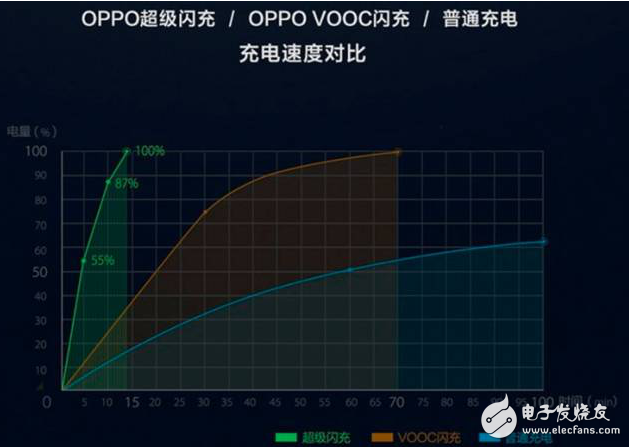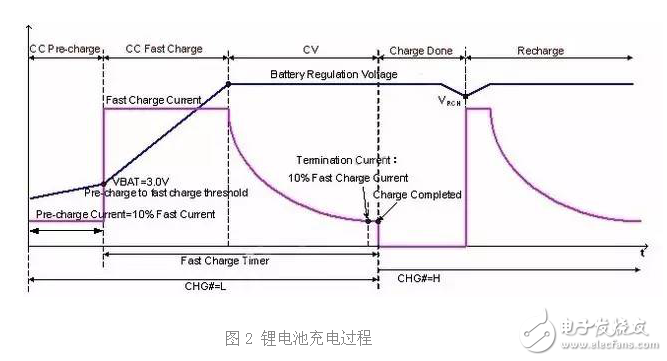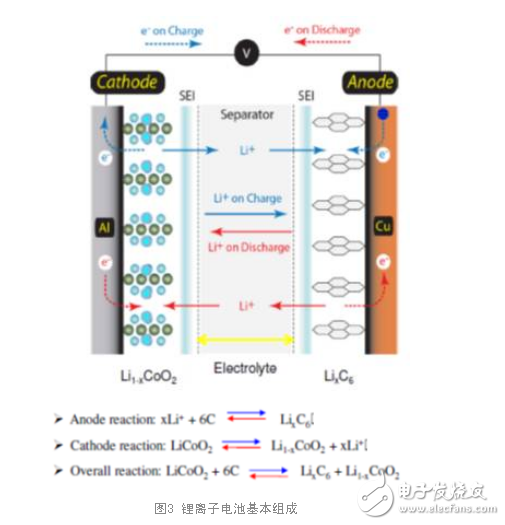OPPO released a new battery technology, Super VOOC, at MWC (World Mobile Communications Conference), announcing that the mobile phone battery will be "charged for 5 minutes, talked for 2 hours" and entered the "call 10 hours" era. At the conference, OPPO showed a video: In about 10 minutes, “Super VOOC Super Flash Charger†will charge 2500mAh capacity battery from 5% to 100%, and the majority of mobile phone users will call “Black Technologyâ€, “屌exploded".

Figure 1 Super VOOC, VOOC and normal charging effect comparison
First, understand the three stages of lithium battery charging (Figure 2): constant current precharge (CCPre-charge), high current constant current charge (CC Fast Charge) and constant voltage charge (CV). After the power consumption of the mobile phone is reduced, the voltage is lowered. When it is lower than a certain value, the charger will precharge the lithium battery with a relatively low current. After a period of time, after the lithium battery voltage is higher than the predetermined value, it enters the second stage of high current constant current charging. At this time, the current can be increased by appropriately increasing the current. The specific process can refer to the following figure.

Figure 2 Lithium battery charging process
Of course, OPPO VOOC technology uses two core technologies in the power charger: one is the segment charge current control, and the other is the multi-line setup of the charging cable and battery. At the same time, it is necessary to optimize the raw materials of the battery (cell and protection circuit PCM board, etc.) so that the battery itself can accept such a large current.
To further understand what fast charging is, we need to know the principle of traditional lithium battery charging. Lithium battery charging principle is the principle of charge and discharge. Traditional lithium battery charging and discharging process (Figure 3):
Charging process: Lithium ion formation on the positive electrode - Lithium ions move through the electrolyte to the negative electrode - Lithium ions are embedded in the micropores of the graphite carbon layer of the negative electrode - the more lithium ions are embedded, the higher the charging capacity.
Discharge process: lithium ions get rid of the negative graphite carbon layer - move back to the positive electrode - the more positive lithium ions, the higher the discharge capacity.

Figure 3 Basic composition of lithium ion battery
Lithium-ion batteries need to include several basic materials (Figure 4): positive (cathode) active materials, negative (anode) active materials, separators, electrolytes, packaging materials, conductive terminals and protection circuits. At present, the positive electrode material includes active components (lithium cobaltate (LCO), ternary (NCM), lithium manganate (LMO) and lithium iron phosphate (LFP), current collector (aluminum foil), conductive agent (conductive carbon black) And a binder, etc.; the anode material includes an active material (graphite, hard carbon, lithium intercalation alloy, etc.), a current collector (copper foil), a conductive agent (conductive carbon black), a binder, etc.; the separator mainly has PE or PP Or PP/PE/PP film, etc.; the electrolyte is mainly composed of lithium salt solution, solvent (mainly carbonate) and additives; packaging materials mainly include steel shell, aluminum shell and soft aluminum plastic film; Mainly Al and Ni sheets.
Down Tube Battery,Ebike Lithium Battery,24V Bottle Battery,24V Electric Bicycle Battery
Changxing Deli Technology Co., Ltd. , https://www.delipowers.com